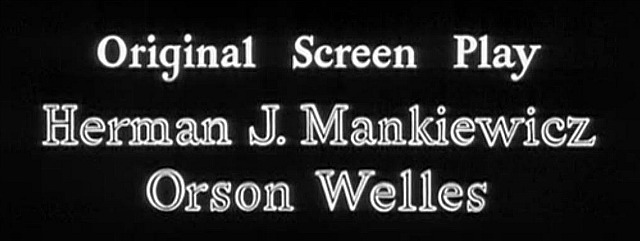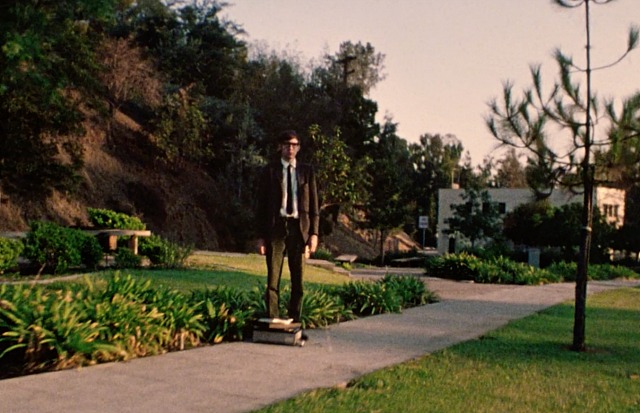Received last night from Joseph McBride, author of “What Ever Happened to Orson Welles?: A Portrait of an Independent Career” (2006) and two other books about Welles; and cast member of The Other Side of the Wind:
“I am reserving judgment on Mank until I see it, as I always do with films. I am glad to know David Fincher and Eric Roth evidently have reworked Jack Fincher’s 1994 script, which was factually inaccurate about Orson Welles’ contribution to the screenplay of Citizen Kane.
“Film historian Robert Carringer’s research into the seven drafts of the screenplay in his 1978 Critical Inquiry essay ‘The Scripts of Citizen Kane‘ — the kind of research Pauline Kael did not bother to do — proved that the screen credit is correct: ‘Original Screen Play / Herman J. Mankiewicz / Orson Welles.’

“However, I am dismayed that Herman’s grandson Ben Mankiewicz continues to be allowed by TCM and CBS to spread lies about the script, denigrating and minimizing Welles’s contribution. I guess they don’t have fact-checkers, but then the fabled New Yorker fact-checking department fell down on the job when the magazine published Kael’s article (‘Raising Kane’) in 1971.
“[Kael] called me the day it first appeared to discuss it, and I wrote a response in Film Heritage, ‘Rough Sledding with Pauline Kael.’ Andrew Sarris wrote that I was the first scholar to study Mankiewicz’s contribution in detail, in an appendix to my essay on Kane in my 1968 book ‘Persistence of Vision: A Collection OF Film Criticism.’
“I am very, very tired of writing about this controversy over the script credit, having done so for the last 49 years, and I hope I won’t have to do it again but am concerned that I may be doing so for another 49 years.
“My role in this mishegoss has always been to try to keep the historical record accurate, as Carringer and others have also done. Perhaps the final version of Mank will handle the matter fairly; at least I hope so. In the meantime, I refer readers to my essay on the subject, ‘The Screenplay as Genre,’ in the 2009 Harvard University Press book ‘A New Literary History of America’. edited by Greil Marcus and Werner Sollors, and to Carringer’s research on the subject.
“HE readers might be interested in the accompanying screen capture from The Other Side of the Wind, showing my film historian character standing forlornly at the side of the road in the Coldwater Canyon area of Beverly Hills.
“When we shot it in the spring of 1971, shortly after Kael’s article was published, Welles indicated the white ranch house in the background and said, ’See that house? Contrary to what you’ve read, that’s where most of Citizen Kane was written.’
“He was referring to the draft he was writing simultaneously with Mankiewicz’s, and to his own revisions, as detailed by Carringer.”










